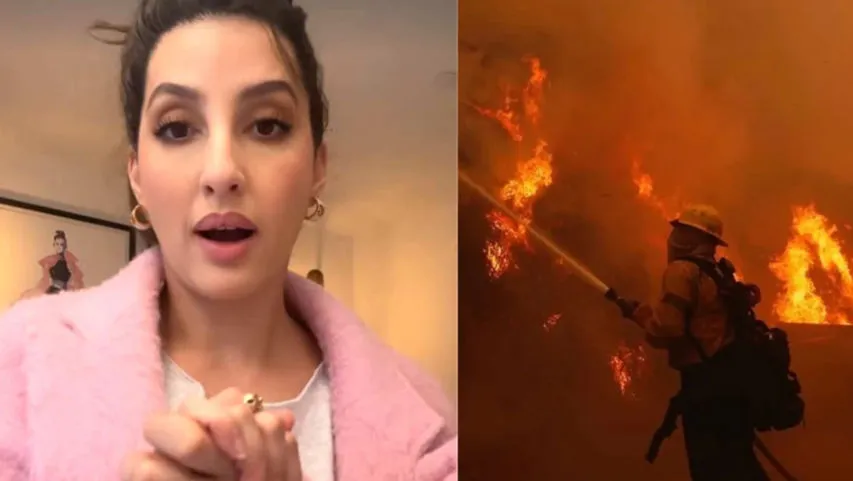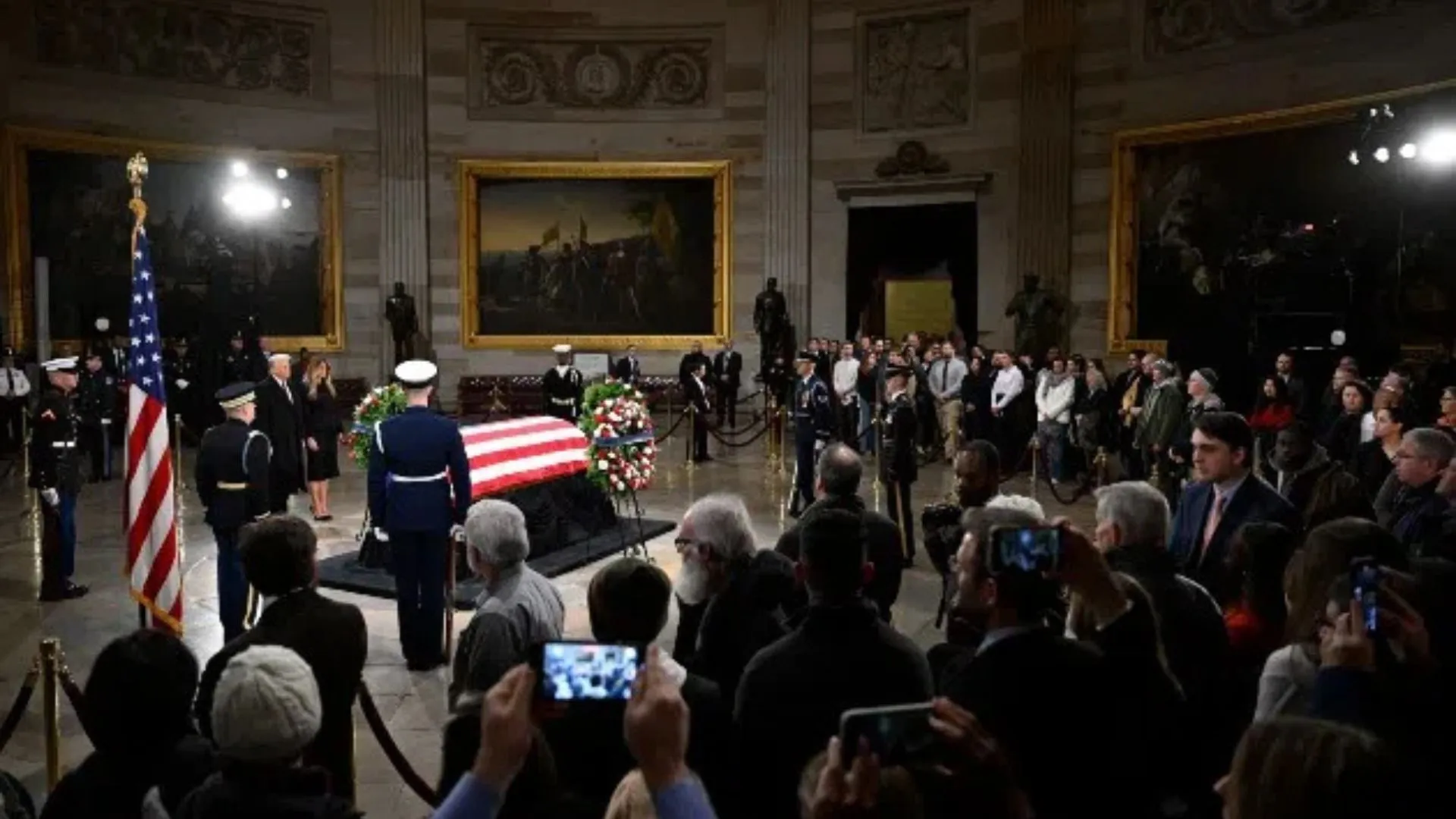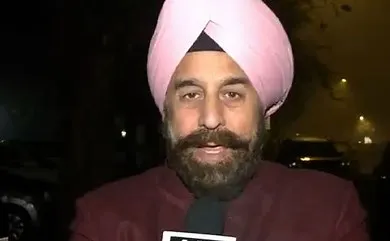Several members of President-elect Donald Trump’s cabinet and administration nominees faced bomb threats and “swatting” incidents earlier this week, which led to concern, prompting swift action by the law enforcement agencies, said a spokesperson for the transition team on Wednesday.
Threats Escalate in the Transition Period
On Tuesday night and Wednesday morning, prominent figures within Trump’s incoming administration were targeted by threats. According to Karoline Leavitt, a transition team spokesperson, local law enforcement was quickly mobilised to ensure the safety of the individuals affected. The phenomenon of “swatting” has raised alarm because of its dangerous nature, although bomb threats themselves are relatively common.
The FBI also acknowledged awareness of the numerous bomb threats and “swatting” incidents, stating they are collaborating with law enforcement agencies to address the situation.
What Is ‘Swatting’?
“Swatting” refers to the act of falsely reporting emergencies, typically to police, with the intention of provoking a heavy, armed response. Often, this results in the deployment of a SWAT (Special Weapons and Tactics) team to the location, creating a situation that can escalate rapidly. The individuals behind these hoaxes often use technology to disguise their identity, making it appear as if the call is coming from the victim themselves.
Experts believe swatting is increasingly being used as a form of intimidation or harassment, especially targeting high-profile individuals, including political figures, celebrities, and other prominent personalities. Law enforcement officials stress the serious consequences of swatting, which, although sometimes considered a prank, can have dangerous and costly repercussions.
A Serious Crime with Dangerous Consequences
In 2013, the FBI issued a public warning about the crime of swatting, explaining its growing frequency and the potentially harmful consequences. According to the FBI, individuals who engage in swatting are often serial offenders involved in other cyber crimes, such as identity theft or credit card fraud. These perpetrators typically either want to seek revenge or make a spectacle of their actions, often within online communities where anonymity is guaranteed.
FBI Assistant Special Agent Kevin Kolbye emphasized the importance of reporting any swatting threats to authorities. Swatting incidents often emerge from online gaming platforms, where individuals can anonymously challenge others. Kolbye added that if law enforcement has prior knowledge of a possible hoax, it could prevent a violent or unsafe confrontation during a real 9-1-1 response.
“The FBI takes swatting very seriously,” Kolbye stated. “Through continued cooperation with industry and law enforcement partners, we are refining our investigative techniques and technological capabilities to combat these crimes.”
Impact on Public Safety
Swatting incidents put innocent people at significant risk, according to the FBI. In the case of the threats targeting Trump’s administration nominees, swift police intervention helped mitigate potential harm, but the broader implications of such hoaxes are clear: swatting is a crime with real-world, dangerous consequences. As law enforcement agencies continue to tackle this issue, experts urge vigilance against such criminal activity.






















